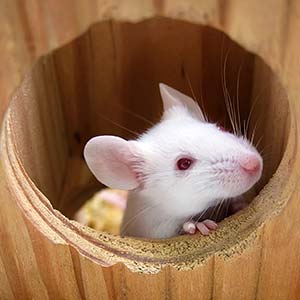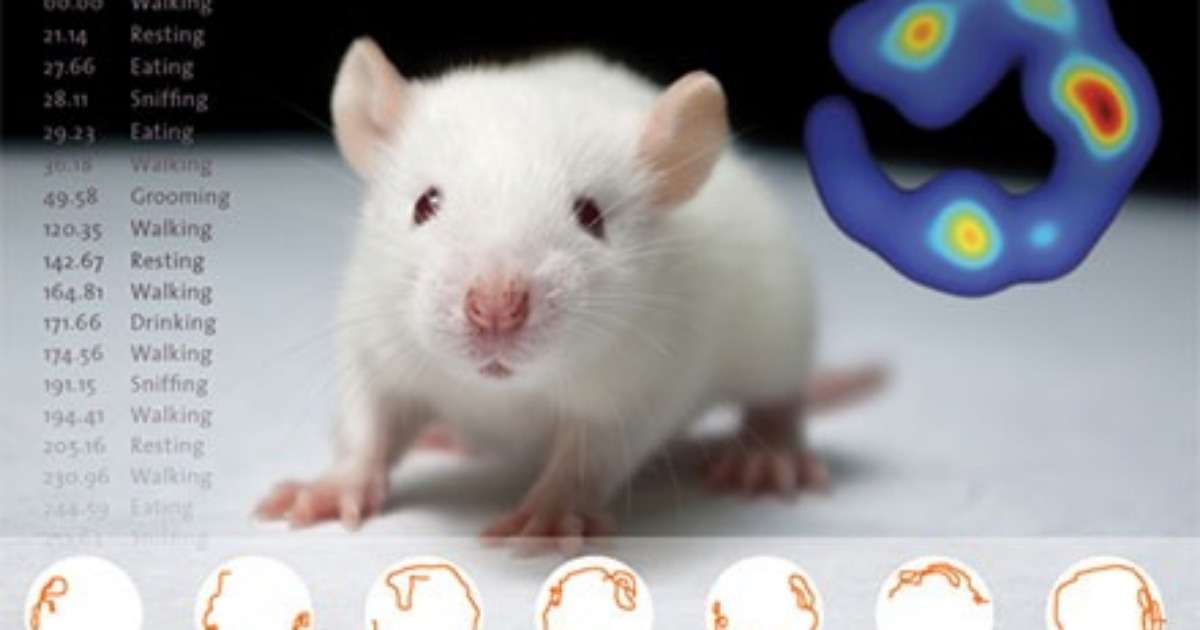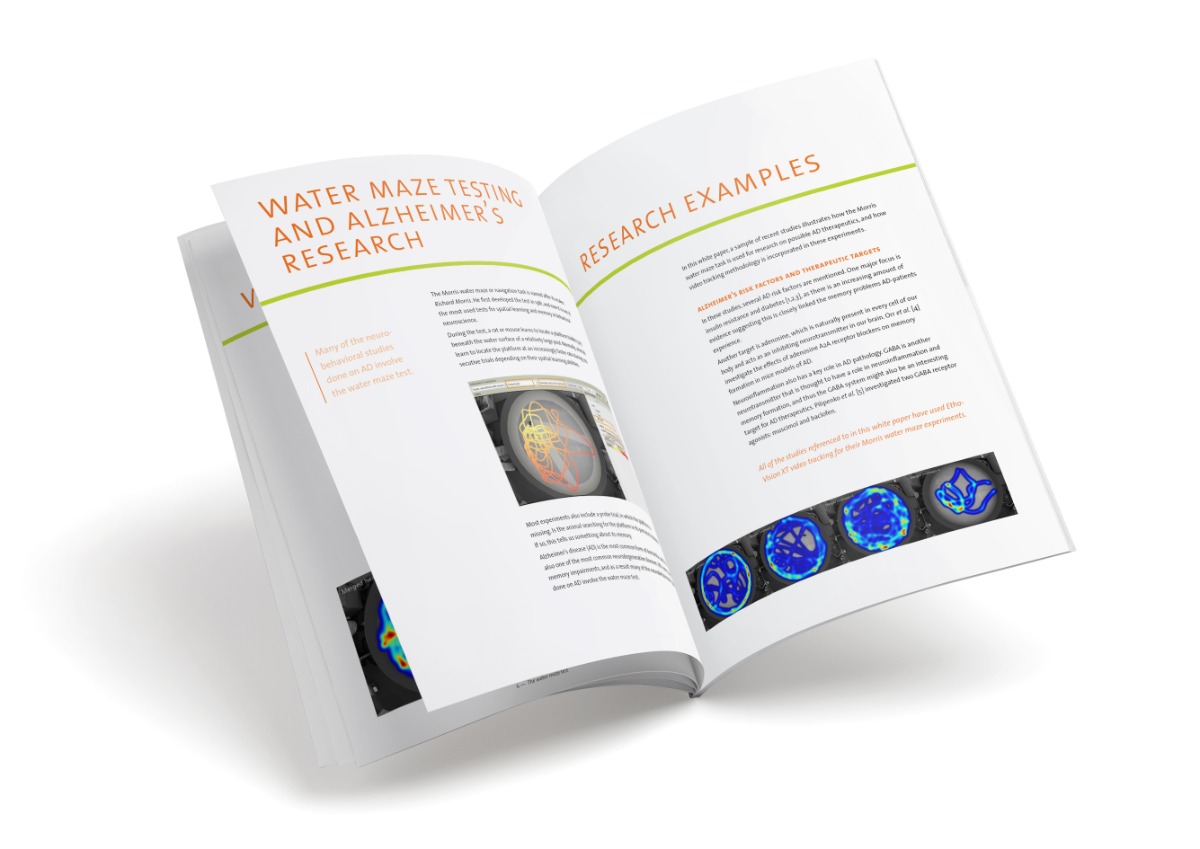
Tracking tadpoles – why video tracking is important in ecotoxicology
The study of behavior has proven itself to be useful in the context of ecotoxicology; the assessment of the impact of pesticides on ecology systems. It is a valuable tool in the risk assessment, beyond the level of just determining mortality rates.
Video tracking and ecotoxicology
Of course, studying behavior can be done in many ways. In the past, analysis mostly relied on direct visual observation and manual analysis. This is time-consuming and sometimes highly subjective. Video tracking allows for accurate quantifying of locomotor behavior. It delivers objective spatio-temporal data and can be of great help in the advancement of ecotoxicology. Denoël et al. tried it on the evaluation of the toxicity of pesticides in amphibians.
Why this research?
So why is this research important? Because more and more species are becoming extinct. Amphibians are suffering a major decline, and they are very important in both aquatic and terrestrial ecosystems. Testing possible pollutants for more than just mortality rates provides better insight on the often complex, long-term effects on ecosystems, and thus a more detailed risk assessment.
Endosulfan and tadpoles
Endosulfan is an example of a pollutant that has great influence on our ecosystems. It is widely used as an insecticide, and sometimes for wood protection. However, it is also already banned or currently being phased out in over 80 countries, including the European Union and the US, because of its acute toxicity.
Denoël et al. studied the effect of insecticides on amphibians with the help of video tracking, specifically testing endosulfan on tadpoles. They were interested to find out if endosulfan impaired locomotion and if behavioral alterations could predict mortality. They also used this study to test the usefulness of video tracking in ecotoxicology.
Video tracking and behavioral endpoints
After a 2-day exposure to endosulfan in either high or low doses (or none at all, as a control group), tadpoles were tested individually in white plastic aquariums. Following 30 minutes of acclimatization, their behavior was recorded for 15 minutes. Video tracking with EthoVision XT extracted the following behavioral endpoints: distance moved, distance to the periphery, swimming activity, and mean speed.

The effects of endosulfan
Endosulfan had a significant effect on each of the behavioral endpoints measured. Even at low concentrations, all behavioral endpoints except speed was altered. High doses led to a lower survival rate, and survival probability was predicted by the behavioral endpoints.
The added value of video tracking
Video-tracking analysis showed that tadpoles not only moved less, but also differently. They stayed in the open areas longer, while the control group moved more along the walls. This points out the complex behavioral consequences of endosulfan exposure.
Behavior translated
So how can these results be translated to what would happen in nature? This experiment showed that endosulfan limited the movement of the tadpoles. Less movement indicates that the tadpoles are able to explore less of their habitat, giving them less chance of gathering enough food. They also might be more visible to predators, or less efficient in escaping them.
The effects of endosulfan seem to be dose-dependent. At lower concentrations, the study revealed that tadpoles were able to move as fast as the control group, however they moved shorter distances, suggesting that they could not swim for long periods of time.
Video tracking reveals complex implications of pollutants on ecosystems
So this study points out two major findings. First, endosulfan does not only induce mortality, it also has a complex effect on behavior and the general fitness at sublethal levels. Secondly, video tracking and analysis of behavior can point out such complex effects on behavior, objectively and efficiently.
Want to find a suitable video tracking system for your research? Click here.
Reference
Denoël, M.; Libon, S.; Kestemont, P.; Brasseur, C.; Focant, J.-F.; De Pauw, E. (2012). Effects of a sublethal pesticide exposure on locomotor behavior: A video-tracking analysis in larval amphibians. Chemosphere, 90(3), 945-951, doi:chemosphere.2012.06.037
Get the latest blog posts delivered to your inbox - every 15th of the month
more

Noldus top tips! Our latest must-read animal blogs
Dive into our latest collection of top behavioral research blogs! Discover fascinating studies and learn how Noldus tools can advance your research.
Developing a high-throughput method - EthoGenomics
Ornamental flowers are among the main export products of The Netherlands. Thrips are one of the most important pests on ornamental flowers.

